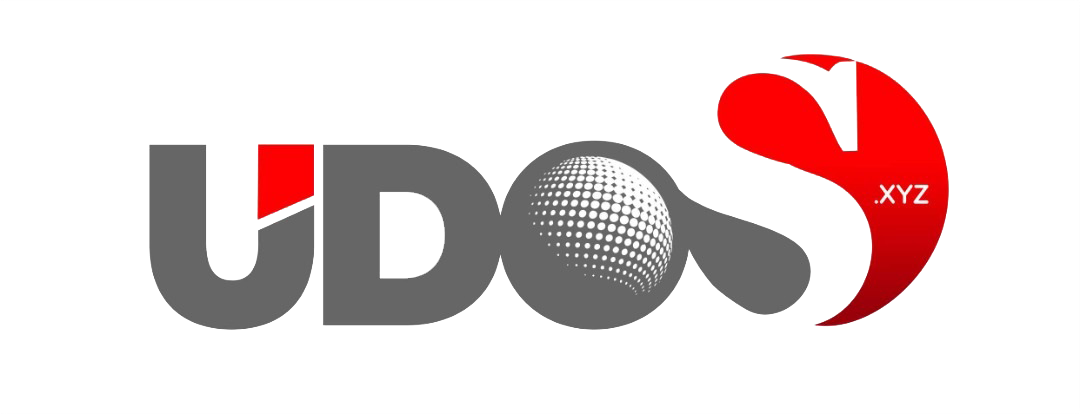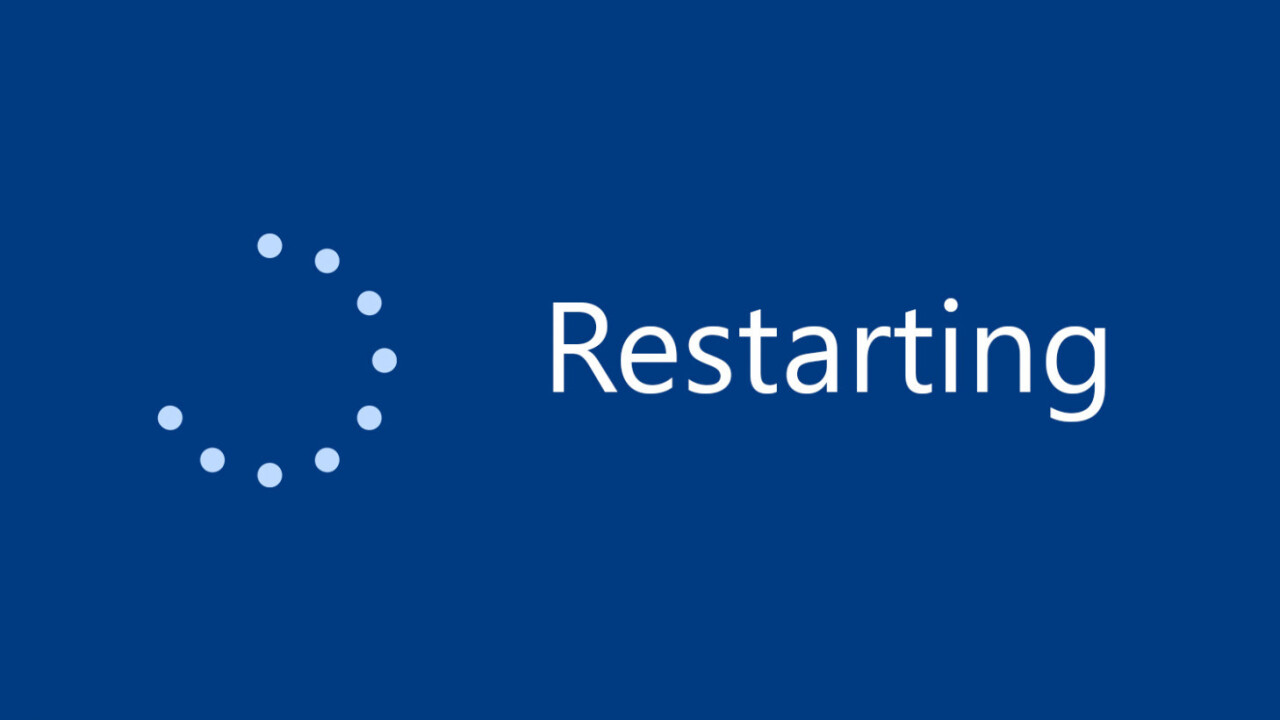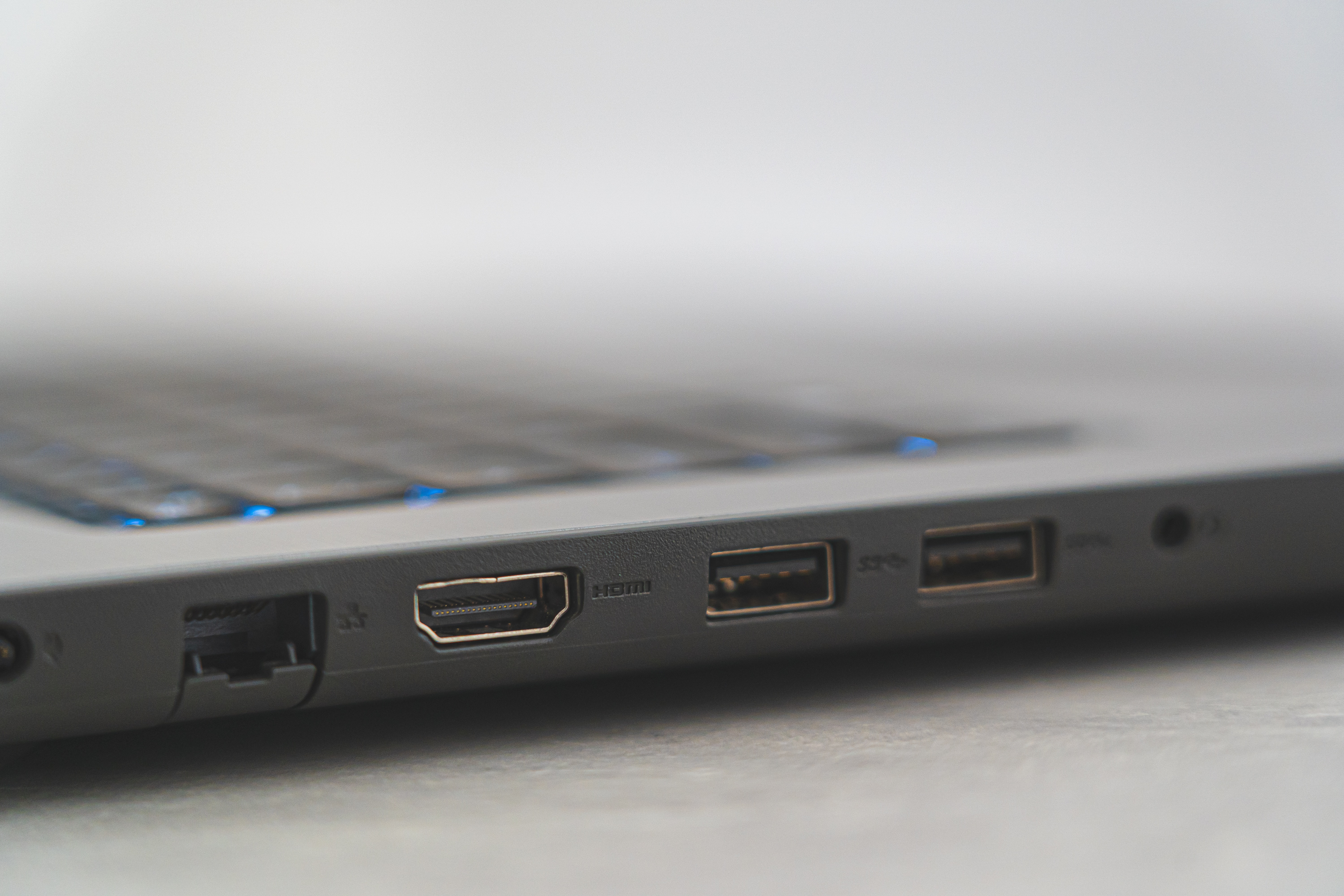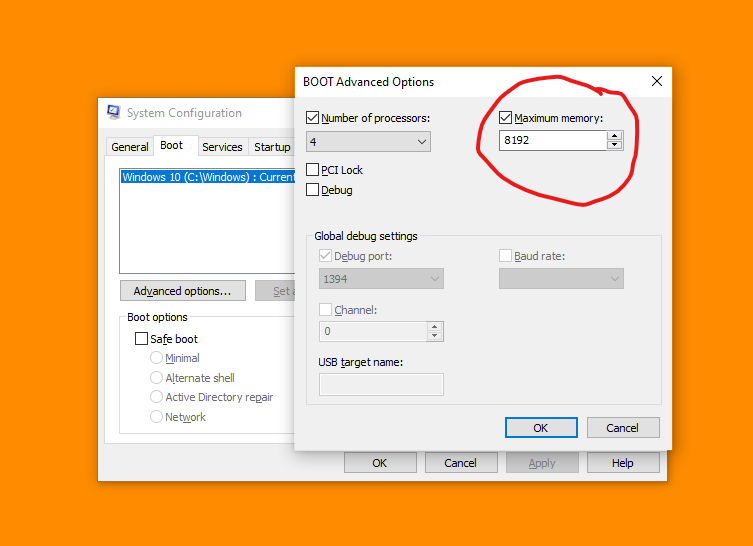
Computer Won’t Turn on:
This occurs when the computer system is connected to power and the computer system refuses to turn on. Other issues which could result in this type of error include A faulty power supply and also it could be caused by virus infection. These problems can be resolved by following the steps listed below:
Check the power supply
- Depending on the type of computer involved, if it’s a laptop, a loss of power could result from a battery that has completely run out of charge. So, the first thing to do is to plug in the computer and leave it to charge for a few hours. If that doesn’t work, it could mean the charger is faulty, so, if you can try a different charger. If the charger has a power indicator, check whether it lights up when you plug it in.
- If your PC is a desktop computer and doesn’t start, check that it’s not the plug socket at fault by plugging it into a different socket. If that doesn’t work, it could be that the power supply in your PC has failed.
- Make sure the monitor or display is functional
If you notice that your computer has power, because the fans start-up or the power lights come on, but nothing else happens, there are a couple of possible faults which include:
- If you have a desktop PC connected to an external monitor, it could be a faulty display. Check the power connection to the monitor and that it’s properly connected to your PC. Try disconnecting it and reconnecting it. If that doesn’t work, try connecting a different monitor, if possible. That way you will be able to either determine it’s the monitor’s fault or not.
- should the desktop have dedicated graphics try removing it then fix it back
If none of the above-mentioned steps work, the peripherals could be the fault in the computer system. This could either happen because of electrical issues or external hardware failures.
After doing this, try restarting the system again to see if it works or not. If it doesn’t, move on to the next final step.
Update the BIOS firmware of the motherboard. sometimes it might be that the bios is not up to date or the version of the firmware is not compatible with the CPU or the GPU. So try updating to the latest version.



